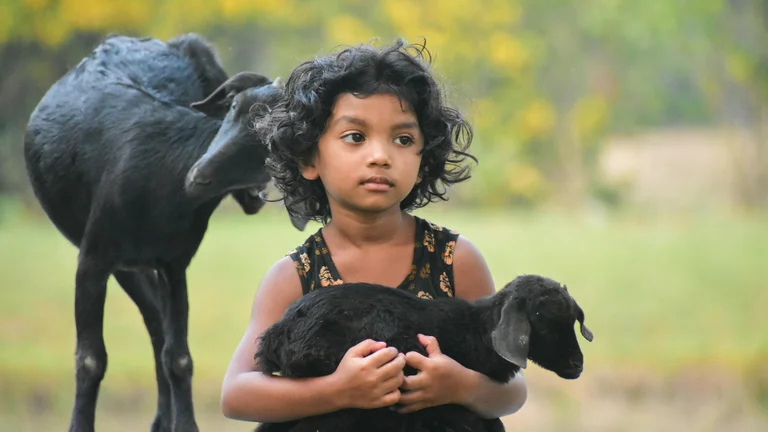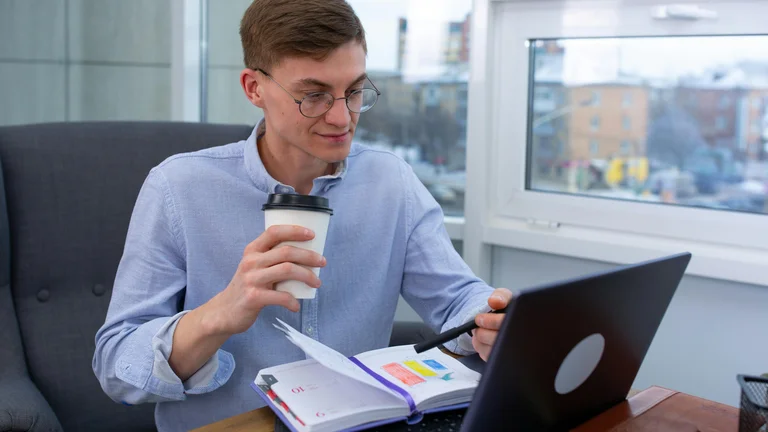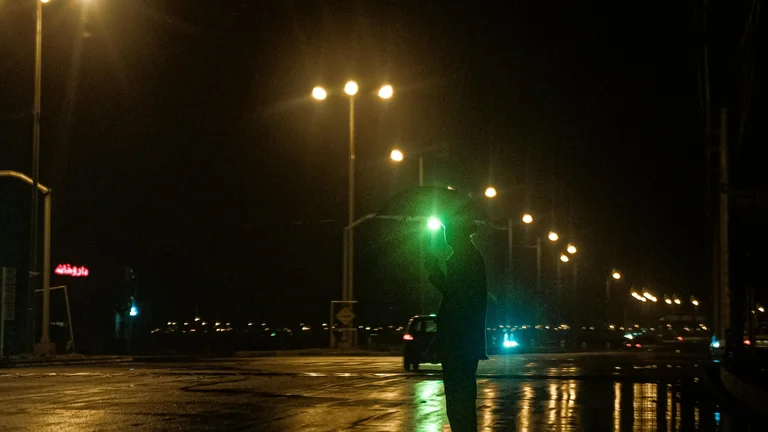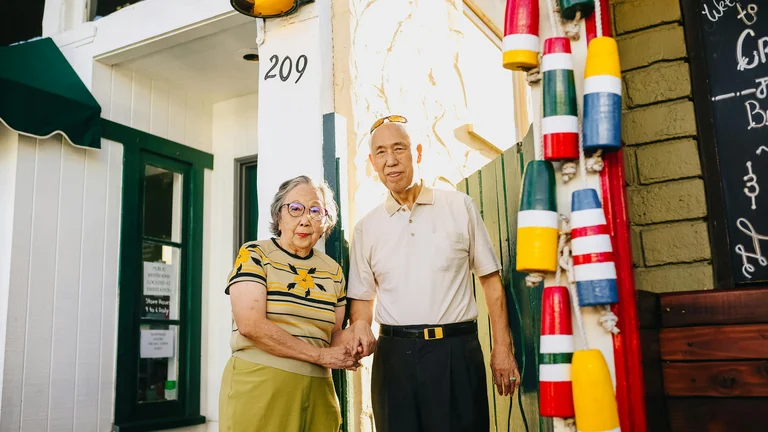Understanding the Emotional Impact of K-Drama Reunion Scenes

Korean Dramas, commonly known as K-Dramas, are celebrated worldwide for their compelling storytelling, rich character development, and heartwarming moments. Among these moments, reunion scenes stand out as some of the most powerful and emotionally charged sequences. These scenes evoke a profound response from viewers, tapping into universal themes of love, forgiveness, longing, and closure. The sheer intensity of a reunion scene can elevate the narrative, often serving as a pivotal turning point that reshapes character relationships and advances the plot in meaningful ways.
At their core, these reunion scenes harness emotional resonance through meticulous staging—careful use of spatial dynamics, nuanced facial expressions, and evocative background scores combine to create unforgettable moments that linger long after the episode ends. The chemistry between actors plays an indispensable role, with authentic interactions drawing viewers into the characters’ emotional worlds. Moreover, cultural elements like the value placed on familial bonds, loyalty, and unspoken apologies permeate these scenes, enriching their depth and relatability not only within Korean society but also for global audiences.
The thematic structures of reunion scenes typically align with one or more fundamental motifs: reconnection after estrangement, the resolution of past misunderstandings, healing from trauma, or the rekindling of love. Each motif demands a particular approach to script, direction, and performance, ensuring that each reunion feels earned and impactful. For instance, reunions between long-separated family members might emphasize tears and lingering silence, symbolizing years of pent-up emotion, while romantic reunions might balance hopeful tension with cathartic release.
Evaluating the impact of these scenes requires attention to narrative context. Without prior character investment or storytelling groundwork, a reunion risks feeling superficial or contrived. K-Dramas excel at gradually building layers of emotional anticipation, often teasing the reunion through meaningful flashbacks, letters, or near-misses, which raises stakes and viewer empathy. This technique not only increases the payoff but also provides insight into character transformations over time.
Iconic Reunion Scenes in Popular K-Dramas
Among the treasure trove of K-Dramas, several reunion scenes have etched themselves into the collective memory of fans due to their emotional heft and narrative significance. One illustrative example appears in the drama "Goblin" (Guardian: The Lonely and Great God), where the reunion between Kim Shin and Ji Eun-tak encapsulates longing and bittersweet destiny deeply intertwined with fantasy and melancholy. The scene uses muted color palettes and minimal dialogue, allowing silences and glances to speak volumes about the characters' intertwined fates and unrealized dreams.
Another exemplary reunion occurs in "Crash Landing on You," where Yoon Se-ri and Ri Jeong-hyeok's reunion after a whirlwind separation captures a blend of relief, vulnerability, and unspoken understanding. The setting outside a snowy village, combined with the warmth between the characters despite cold surroundings, heightens the emotional contrast. Here, the reunion is layered with political tension and cultural divide, adding complexity to what might otherwise be a simple romantic moment.
In "Reply 1988," the reunion scenes between childhood friends and families highlight nostalgia and the passage of time. These reunions emphasize the strength of longstanding bonds and the bittersweet nature of change. The familiar neighborhood settings, shared meals, and intimate conversations remind viewers of the importance of community and the comfort found in returning to one’s roots.
Within "It’s Okay to Not Be Okay," the reunion between Moon Gang-tae and Ko Mun-yeong explores healing from trauma through mutual acceptance and forgiveness. The scene carefully balances emotional volatility and gradual tranquility, illustrating how painful pasts can be reconciled through human connection and empathy. The intricate direction uses symbolic elements such as butterflies and fractured glass to visually represent brokenness and transformation.
Techniques Used to Enhance Reunion Scenes
The art of crafting memorable reunion scenes relies heavily on a blend of cinematic techniques that underscore emotional nuances. Lighting, for example, plays a pivotal role; soft, warm illumination often signifies hope and comfort, whereas dim or cold lighting can emphasize isolation or tension prior to a reunion. Directors use close-up shots to capture subtle facial expressions that reveal inner turmoil or yearning, allowing viewers to engage with the characters’ internal experiences.
Sound design and musical scores further propel the emotional atmosphere. Signature OSTs (Original Sound Tracks) often cue viewers to the gravity of the moment. Strategic use of silence, punctuated by ambient sounds like footsteps, breath, or heartbeats, accentuates vulnerability and anticipation. These elements collectively orchestrate an immersive experience that heightens the emotional payoff of the reunion.
Editing choices, including pacing and sequencing, also shape audience perception. Slow-motion passages or cross-cutting between past memories and present reality create layered storytelling, reinforcing the significance of the reunion. The decision to reveal the reunited characters gradually rather than simultaneously can build suspense and intensify emotional release.
To illustrate these approaches, the following table outlines key cinematic techniques found in renowned K-Drama reunion scenes and their desired emotional effect:
| Technique | Description | Emotional Effect |
|---|---|---|
| Close-Up Shots | Zooming tightly on faces to capture expression | Enhances intimacy and emotional transparency |
| Soft Lighting | Uses warm, diffused light to create a gentle atmosphere | Conveys comfort, tenderness, and hope |
| Signature Music Cues | Recurring OST melodies tied to relationships | Triggers emotional recall and anticipation |
| Slow Motion | Slowing down movements during key moments | Highlights intensity and significance |
| Silence or Ambient Sounds | Minimalistic sound to focus on non-verbal cues | Builds tension and highlights emotional vulnerability |
Character Dynamics and Psychological Depth in Reunion Scenes
Beyond visual and auditory craftsmanship, the psychological depth of characters in reunion sequences shapes the viewer's emotional engagement. Delving into individual motivations, internal conflicts, and growth arcs enriches the scene with complexity. Writing must account for the characters’ history: betrayals, misunderstandings, sacrifices, or shared dreams. This backstory transforms a mere physical reunion into a meaningful resolution of tension that has simmered across episodes or seasons.
For instance, a reunion between estranged lovers might reveal layers of regret, vulnerability, and hope that transcend romantic clichés. The dialogue is carefully calibrated to hint at personal growth or lingering doubts. Characters often display guarded behavior before finally allowing emotional barriers to dissolve, representing realistic psychological responses rather than instant reconciliation.
Family reunions incorporated into K-Dramas often emphasize generational wounds and reconciliation, portraying the broader cultural and emotional contexts that affect interpersonal relationships. Scenes involving parents and children reveal themes of forgiveness, understanding, and the enduring nature of familial love despite past grievances or silence. Such layered portrayal underscores how reunion scenes serve as vehicles for catharsis on multiple narrative levels.
Actors contribute to this psychological authenticity through nuanced performances—subtle eye movements, hesitant gestures, and modulated vocal tones convey complex emotional states, inviting viewers to interpret unspoken meanings. This dynamic interplay between writer, director, and actor culminates in reunion moments that resonate deeply, sometimes drawing viewers to reflect on their own personal experiences.
How Reunion Scenes Influence Viewer Engagement and K-Drama Popularity
Reunion scenes constitute essential emotional anchors within K-Dramas, directly influencing viewer loyalty and engagement. Their impact extends beyond storytelling, often defining fan discussions, social media trends, and viewer anticipation. Audiences tend to bookmark these moments as highlights, revisiting clips to relive the intensity, fueling community bonding among fans.
These scenes function as narrative fulcrums, often marking the climax or a major turning point, which naturally heightens emotional investment. When executed well, reunions can catalyze spikes in episode viewership and drive online buzz. The anticipation built around delayed or unexpected reunions maintains suspense and keeps viewers returning week after week.
Furthermore, reunion scenes contribute to the international appeal of K-Dramas. Their universal themes—love, forgiveness, family—transcend language and cultural barriers. Fans worldwide connect emotionally, fostering a dedicated global fanbase. This engagement translates into increased subscription rates for streaming platforms and video-on-demand services, driving the South Korean entertainment industry's export success.
Social media analytics highlight how reunion scenes often correlate with heightened activity. For example, hashtags related to specific reunion episodes often trend globally on platforms like Twitter and TikTok. Fan art, reaction videos, and detailed analyses proliferate after such episodes, reinforcing community ties and enhancing the drama's cultural footprint.
Step-by-Step Breakdown of a Successful K-Drama Reunion Scene
To fully appreciate the construction of a heartwarming K-Drama reunion, one can dissect the process into a sequence of deliberate steps:
- Establishing Separation and Emotional Context: The narrative first deepens the stakes by showing the reasons for separation, whether physical distance, emotional rifts, or external obstacles.
- Foreshadowing the Reunion: Gradual hints and ambiguous interactions build anticipation without revealing the meeting outright.
- Setting the Scene: Location choice, time of day, and weather conditions are meticulously selected to reflect the mood—rain for melancholy, sunlight for hope, dusk for nostalgia.
- Emotional Build-Up: The moments leading to the reunion involve heightened tension, unspoken words, or hesitant movements, intensifying viewer expectation.
- The Actual Reunion: Typically brief but impactful, this moment captures eye contact, subtle gestures, or the first touch. Script here is minimal, relying on non-verbal communication.
- Resolution or Cliffhanger: The scene either provides closure or sets up further conflict depending on narrative direction, maintaining viewer interest.
Each step involves collaboration among writers, directors, actors, and production teams, ensuring authenticity and emotional potency. This scaffolded approach underpins the quality that distinguishes remarkable reunion scenes from pedestrian ones.
Common Themes Explored in K-Drama Reunion Scenes
Reunion scenes often traverse several recurring themes, many deeply rooted in Korean societal values and universal human experiences. These themes give the reunions their emotional weight and narrative relevance.
Forgiveness and Healing: Many reunions depict characters overcoming resentment or hurt, embodying the transformative power of forgiveness. This theme resonates particularly in reconciliations between family members or close friends.
Unspoken Love and Regret: Romantic reunions frequently explore the tension of feelings left unsaid, missed opportunities, or sacrifices made. This creates a bittersweet tone tinged with hope and melancholy.
Destiny and Fate: Numerous dramas attribute reunion moments to fate or cosmic forces, aligning with cultural beliefs in predestined relationships. This adds a mystical layer to the emotional narrative.
Longing and Nostalgia: The pain and beauty of separation and the joy of reunion are amplified by nostalgic references to shared memories. This theme deepens the viewers’ emotional connection by invoking empathy and reminiscence.
These themes, recurrent yet varied through different contexts and characters, provide a framework that writers lean on to ensure reunion scenes remain meaningful and impactful.
Impactful Examples and Analysis of Reunion Dialogues
Dialogue in reunion scenes, though sometimes scarce, plays a critical role in conveying subtext and emotional complexity. Well-crafted lines provide insight into character growth, regrets, or hopes without resorting to exposition-heavy conversation.
For example, in "Kill Me, Heal Me," the reunion between Cha Do-hyun and Oh Ri-jin is marked by simple but profound lines expressing vulnerability and acceptance. The restrained dialogue enhances the authenticity of characters learning to trust each other after trauma.
In "My Mister," the understated language during reunion scenes reflects the weight of shared hardship and quiet support, emphasizing emotional resilience and companionship rather than overt romantic declarations. This minimalist approach aligns with the show’s themes of healing through empathy rather than dramatic confrontation.
The table below showcases sample dialogues from significant reunion scenes and analyzes their emotional effect:
| Drama | Dialogue Excerpt | Emotional Effect |
|---|---|---|
| Goblin | "I waited for you... for a long time." | Expresses enduring love and longing, sets a melancholic yet hopeful tone. |
| Crash Landing on You | "You came back, that’s enough for me." | Conveys relief and emotional fulfillment without excess. |
| It’s Okay to Not Be Okay | "It’s okay not to be okay, as long as we’re together." | Encapsulates vulnerability and mutual support, reinforcing themes of healing. |
| Reply 1988 | "No matter how far we go, this place will always bring us back." | Evokes nostalgia and the certainty of belonging, comforting and warm. |
Role of Supporting Characters in Enhancing Reunion Scenes
Supporting characters often serve as catalysts or emotional amplifiers around reunion moments. Their reactions, backstories, and interactions frame the reunion in a broader social and narrative context. Friends, family members, or even antagonists contribute layers of meaning by reflecting societal expectations or adding complexity through subplots.
For example, in "Hotel Del Luna," supporting characters’ responses to reunions highlight the conflict between supernatural elements and human emotions, bridging fantasy and reality. Their presence ensures that the reunion does not exist in isolation but affects the entire drama’s ecosystem.
Sometimes, supporting characters provide tension or comic relief, balancing the intensity of reconciliation scenes. Their involvement can also symbolize communal endorsement of reunited relationships, enhancing the emotional satisfaction for the audience.
Practical Guide: How to Craft a Memorable Reunion Scene in K-Dramas
For aspiring writers or creators aiming to design a reunion scene that resonates, the following practical guide outlines critical steps and considerations:
- Deep Character Understanding: Develop comprehensive character histories and motivations to ensure the reunion is credible and emotionally justified.
- Layered Build-Up: Use foreshadowing and flashbacks to create anticipation and context, making the reunion payoff rewarding.
- Strategic Use of Setting: Choose settings that mirror the psychological states of characters and reinforce thematic elements.
- Minimalist but Impactful Dialogue: Employ precise, meaningful language paired with non-verbal cues to convey complex feelings.
- Cinema Techniques: Integrate lighting, sound, and editing methods purposefully to manipulate mood and focus audience attention.
- Balance Pacing: Control the scene's rhythm to maintain tension and maximize emotional release.
- Consider Cultural Nuances: Acknowledge traditional Korean values affecting character behavior to add authenticity.
Following this framework can significantly enhance the emotional and narrative effectiveness of a reunion scene, maintaining the hallmark quality widely recognized in acclaimed K-Dramas.
FAQ - Most Heartwarming K-Drama Reunion Scenes
What makes reunion scenes so impactful in K-Dramas?
Reunion scenes in K-Dramas combine narrative buildup, emotional depth, and cinematic techniques such as lighting, music, and acting to create moments that resonate deeply with viewers, often reflecting universal themes like love, forgiveness, and healing.
Which K-Dramas are known for their memorable reunion scenes?
Popular K-Dramas with notable reunion scenes include 'Goblin,' 'Crash Landing on You,' 'Reply 1988,' and 'It’s Okay to Not Be Okay,' each presenting unique emotional contexts and storytelling styles.
How do cultural elements influence reunion scenes in K-Dramas?
Korean cultural values such as familial loyalty, respect, and the concept of fate often shape the dynamics of reunion scenes, adding layers of meaning and authenticity that resonate both domestically and internationally.
Can reunion scenes affect the popularity of a K-Drama?
Yes, well-executed reunion scenes often become key emotional highlights, boosting viewer engagement, online discussions, and social media trends, which contribute to a K-Drama's overall popularity and cultural impact.
Are there common themes explored in K-Drama reunion scenes?
Typical themes include forgiveness, unspoken love, destiny, longing, and nostalgia, all of which help give reunion scenes their emotional weight and narrative significance.
Most heartwarming K-Drama reunion scenes blend emotional storytelling, cinematic techniques, and cultural nuance to create memorable moments that showcase themes like love, forgiveness, and healing. These scenes elevate narratives, deepen character relationships, and engage global audiences through their powerful emotional resonance.
K-Drama reunion scenes stand as a testament to the genre’s ability to weave intricate human emotions into compelling storytelling. These scenes blend cultural depth, cinematic artistry, and character psychology to create moments that transcend language and geography. Their enduring popularity underscores the powerful connection between narrative craft and audience empathy, ensuring K-Drama reunions remain cherished cultural touchstones worldwide.






